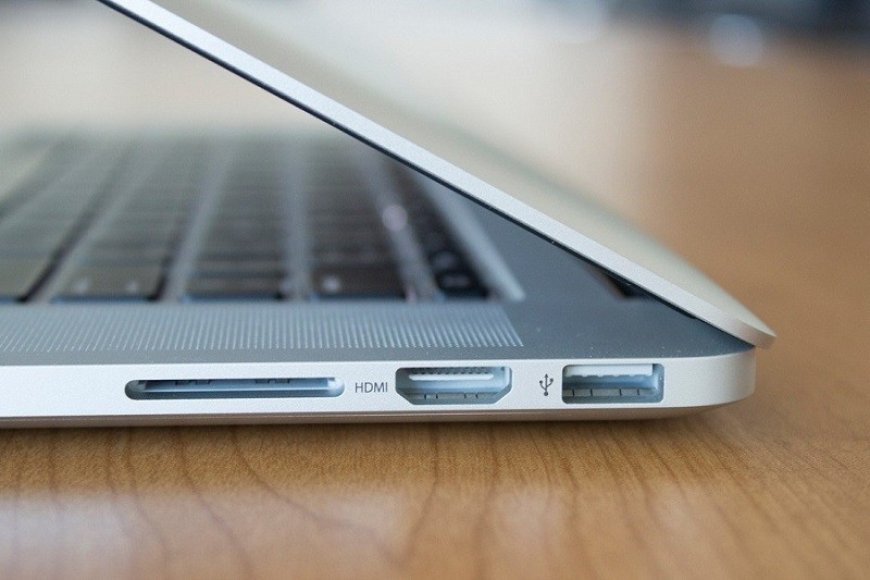HDMI connection and video jacking, do you know its dangers?

The HDMI connection is a multimedia interface driven connection standard for transmitting high-definition video and audio. The development of HDMI has been driven by major players in the electronics industry such as Hitachi, Philips, Sony, Thomson and Toshiba Corporation, among others. In addition, major production companies such as Fox, Warner Bros, Universal and Disney have also supported this innovation.
Characteristics of the HDMI connection
The acronym HDMI stands for High-Definition Multimedia Interface. That is, it is a specification standard for a multichannel digital video and audio interface. Commonly, HDMI refers to a cable to connect input devices with output devices, where the information is sent without compression.
The first version, HDMI 1.0, was introduced in late 2002, with a resolution equivalent to 1080p 60Hz, 8-channel 192kHz audio, and nearly 5Gbit/s support. While the latest version, HDMI 2.1, increases bandwidth up to 48 GB/s, with resolutions up to 10K. Its improvements include new rates of 60 Hz for 8K and 120 Hz for 4K, as well as dynamic HDR support with HDR10 + and Dolby Vision, which gives you scenes with an optimal level of saturation and luminosity.
One of the main advantages of this standard is that it unifies several standards for transmission and reproduction of video and audio. The HDMI, unlike the USB connection, gives us the comfort of connecting without losing quality in a home cinema, a smart TV, our laptop, a projector or video game console, among other devices.
Connector types for multiple uses
Next, we mention what the types of connectors are:
Type A Standard
It is a 19-pin connector normally used to connect:
- Home audio and video products, such as televisions, DVD players, Blu-ray players.
- Home theater systems.
- Home entertainment products.
Type B
It has 29 pins and is ready for future screens with higher resolution. However, it has not become widespread.
Type C Mini and Type D Micro
They are 19-pin versions of HDMI Type A. They are designed for use in portable devices such as:
- Digital music players.
- digital cameras
- portable products.
- Connect mobile devices with a TV.
Video jacking: dangers with the HDMI connection
Video jacking is a form of computer intrusion attack first shown by security expert Brian Krebs in 2016. It consists of using the ability of the HDMI standard to obtain a duplicate image of your screen. With this, you can see the user's actions, the keys he presses and how he enters data, including passwords and sensitive information.
In simple words, everything that appears on the screen of the device (be it a smart TV, a laptop or a mobile) can also be seen by the cybercriminal.
Differences between juice jacking and video jacking
Juice jacking was also detected by Brian Krebs, in 2011. This one involves the USB port. It is basically used to install malicious code or malware on a PC, a tablet and even infect your smartphone with malware.
One way to deceive users is by offering manipulated USB charging modules, with freely accessible cables, but unfortunately they are designed to infect computers. In the case of video jacking, the HDMI connection is used, as we have already indicated, but devices that have a USB type C port, which is compatible with the HDMI standard, are also vulnerable.
Keys to safely use your HDMI connection
When connecting your device, for example your mobile, to a charging station with an HDMI cable, please note that only the charging notification is activated. If when connecting to an HDMI cable a notification of "HDMI access" appears on the screen, do not trust that service or place, it is a fake charging station.
Without a doubt, the HDMI connection gives us a significant improvement in the quality of video and audio on our devices. It also facilitates the interconnection of various devices that we can use for entertainment and work. However, we must be careful of the risks of video jacking.
